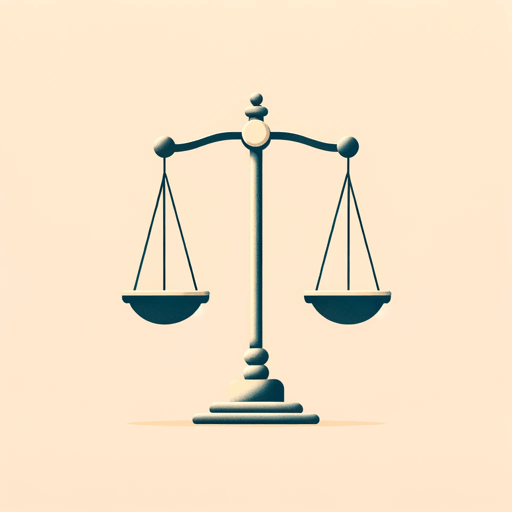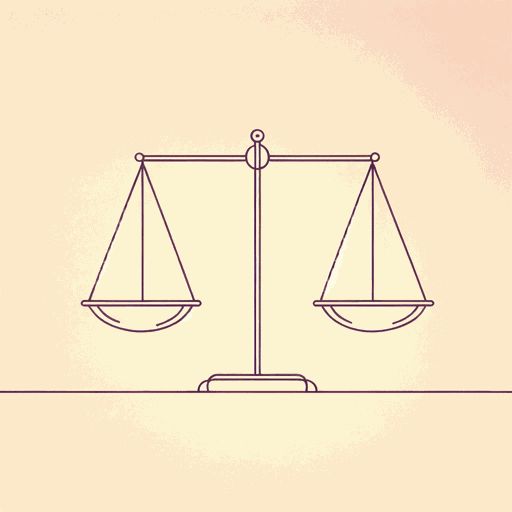50 pages • 1 hour read
John RawlsJustice as Fairness: A Restatement
Nonfiction | Book | Adult | Published in 2001A modern alternative to SparkNotes and CliffsNotes, SuperSummary offers high-quality Study Guides with detailed chapter summaries and analysis of major themes, characters, and more.
Part 4Chapter Summaries & Analyses
Part 4: “Institutions of a Just Basic Structure”
Part 4, Section 41 Summary and Analysis: “Property-Owning Democracy: Introductory Remarks”
Part 4 addresses the question of what specific institutions should be included in a society informed by the principle of justice as fairness. The first main question is which basic regime type is best suited for justice as a fair system of cooperation. The five main regime types, which do not constitute an exhaustive list but rather the most plausible alternatives one might choose from within the original position, are laissez-faire capitalism, welfare-state capitalism, state socialism, property-owning democracy, and liberal socialism. Once again, Rawls is dealing with ideals as opposed to practical realities—the best regime type in theory does not guarantee good practice. Even so, all regime types state their values clearly, and those values offer a good indication of what kind of justice each can achieve. Laissez-faire capitalism is principally concerned with economic efficiency and growth, rejecting equal opportunities for what it regards as its less productive citizens. Welfare-state capitalism is an improvement insofar as it establishes a higher minimum standard, but it tolerates enormous inequalities with no need to regulate them so long as the least advantaged can subsist. The problem with state socialism is that it concentrates too much power in the hands of a single party.
Related Titles
By John Rawls



